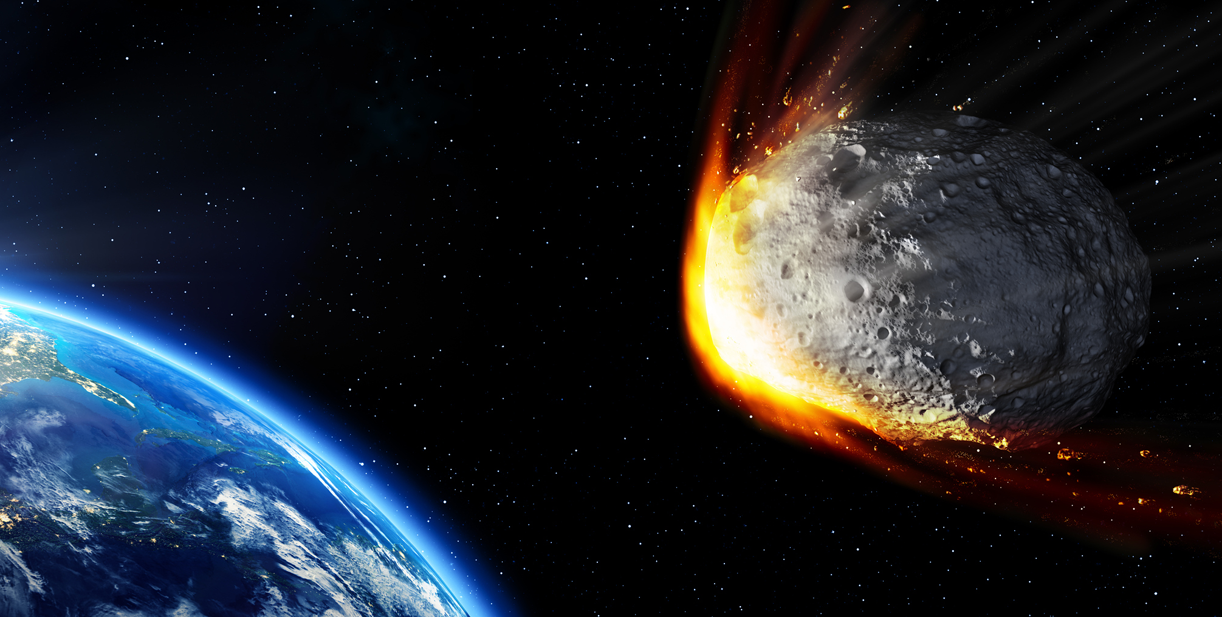Indian Students Identify Potentially Hazardous Asteroid
Two Indian schoolgirls have made a remarkable discovery by identifying an asteroid that may pose a future threat to Earth. This intriguing find highlights the potential of young minds in the realm of space exploration.

In a groundbreaking achievement, 10th-grade students R. Lani and V. Bararia from Surat, Gujarat, have identified an asteroid currently orbiting Mars. Named HLC 2514, this asteroid was discovered as part of a collaborative project between Space India and NASA. The students were utilizing telescopic images provided by the University of Hawaii, which they analyzed using specialized software capable of detecting moving objects.
The project, initially aimed at enhancing students' understanding of astronomy, turned into a significant contribution to space science. Bararia expressed her excitement upon receiving confirmation from NASA about their discovery, calling it a dream come true for the young astronomers.
While the asteroid is currently not on a collision course with Earth, its orbit is shifting, potentially bringing it closer to our planet over the next million years. However, experts clarify that the asteroid's future trajectory suggests it will remain at a safe distance, approximately ten times further than the distance between Earth and the Moon.
This discovery underscores the importance of educational initiatives in science and technology, encouraging students to engage with complex astronomical concepts. Asteroids, which are small rocky objects orbiting the Sun, can change course due to gravitational interactions, making ongoing monitoring essential for planetary defense.
As the scientific community continues to study HLC 2514 and other near-Earth objects, the contributions of these young students serve as an inspiring reminder of the innovation and curiosity that can emerge from educational pursuits.
Conclusion
The discovery made by Lani and Bararia not only showcases the capabilities of aspiring young scientists but also emphasizes the need for continued exploration and monitoring of celestial bodies. As we look to the future, the role of education in fostering scientific inquiry remains crucial for identifying and addressing potential threats to our planet.
What's Your Reaction?















